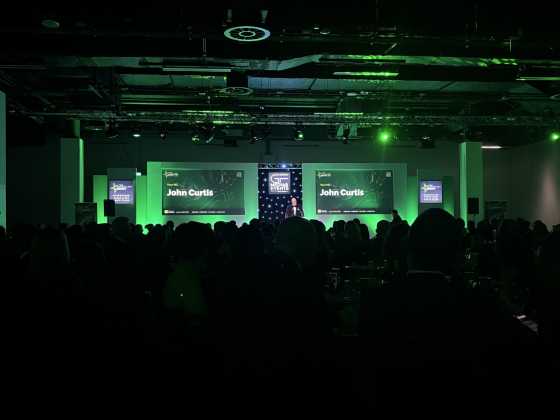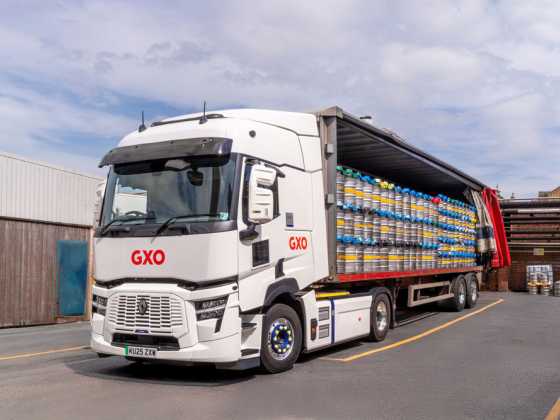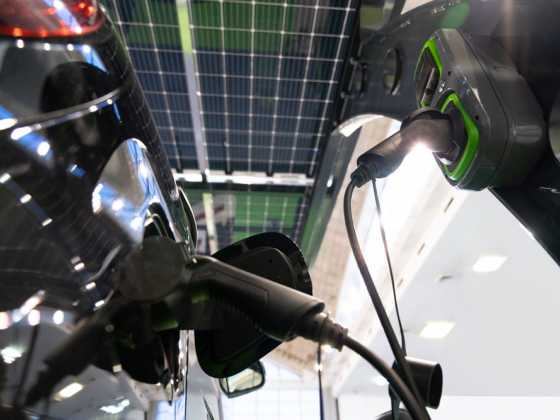Green incentives need greater focus on commercial fleets

Michelle Gardner, deputy director – policy, at Logistics UK, comments on the changes to the ZEV Mandate
The government has announced changes to the Zero Emission Vehicle Mandate and while businesses will welcome the clarity from the confirmation that petrol and diesel vans can be sold alongside full hybrid and plug-in hybrid vans until 2035, the changes do not address the practicalities of incorporating electric vans into commercial fleets.
Commercial vehicles are acquired and used in a significantly different way to cars, and zero tailpipe emission vans must be commercially and operationally viable before an operator will be able to incorporate them into their business.
Central to this is a comprehensive charging network, and we continue to urge the government to ensure the energy infrastructure is delivered at the pace the sector requires to maintain the nation’s supply chains while meeting net-zero goals. While public charging infrastructure is growing, the focus has been on private car users; vans often cannot use the charge points that have been installed. To address this, we are calling on government to work with businesses to create an electric charging and refuelling infrastructure roadmap that is suitable for logistics vehicles. This should be backed by clear guidance and incentives for local authorities to install the infrastructure that is needed in local areas.
When the current lack of public charging is coupled with the excessive time and cost of installing depot charging infrastructure, it is clear why businesses are delaying adoption of zero tailpipe emission vans until they are certain they will be able to operate fleets in a commercially and operationally viable manner, while meeting the needs of their customers. Our members need transparency on available grid capacity to help inform their investment decisions, coupled with Distribution Network Operators (DNOs) adopting common approaches to costs and service agreements, to help overcome this challenge.
Another significant barrier to their uptake is that electric vans can face higher regulatory burdens than petrol or diesel vans of the same size. This is largely a result of electric vans being heavier than Internal Combustion Engine (ICE) equivalents due to the weight of their batteries, which can push them into a different vehicle class when they tip over the 3.5 tonne threshold. This situation is creating unintended barriers to fleet electrification and full alignment of UK regulations between 3.5 tonne and 4.25 tonne battery electric vans would create a clear pathway for investment decisions and faster fleet electrification.
The barriers to adopting zero tailpipe emission vans are practical concerns that need to be addressed. We continue to urge government to work closely with the logistics industry and give operators the confidence to invest in green fleets while ensuring the resilience of the UK’s supply chains moving and delivering the goods that we all rely on every day.






